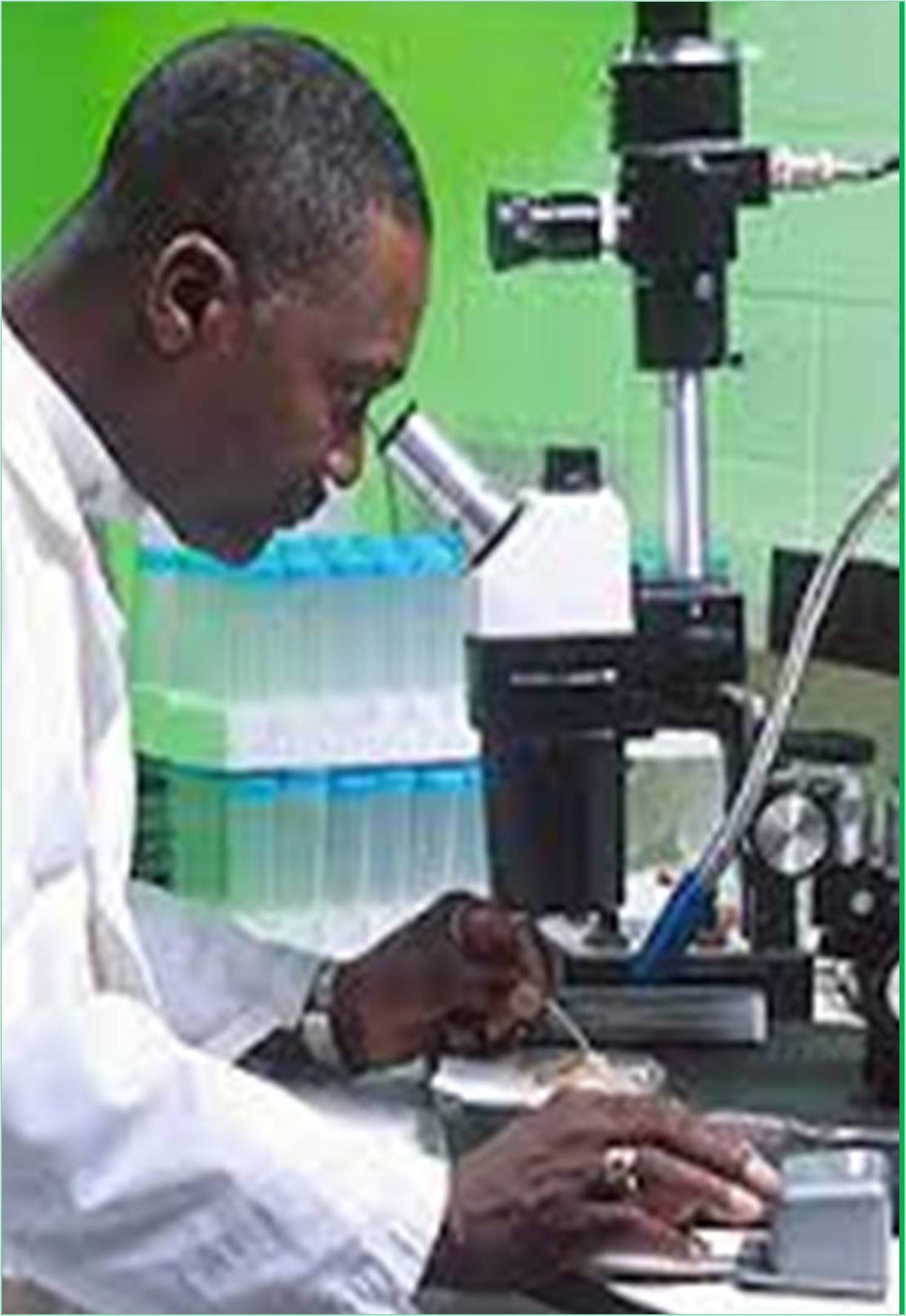



Received: 28-Jan-2022, Manuscript No. GJMR-22-59462; Editor assigned: 31-Jan-2022, Pre QC No. GJMR-22-59462(PQ); Reviewed: 14-Feb-2022, QC No. GJMR-22-59462; Revised: 21-Feb-2022, Manuscript No. GJMR-22-59462(R); Published: 28-Feb-2022, DOI: 10.15651/GJMR.22.10.403
Technically a microorganism or microbe is an organism that is microscopic. The observation of microorganisms is known as microbiology. Microorganisms may be bacteria, fungi, archaea, or protists. The term microorganisms do not consist of viruses and prions, which are usually categorized as non-living. There is presently a notable deal of discussion about the organization and category of existence, especially in the study of microorganisms. The fundamental difference divides living organisms into groups: prokaryotes (cells without internal membrane of bound organelles - the monera, which includes maximum microorganisms) and eukaryotes (cells containing membrane of bound organelles - protists, fungi, plants, and animals).
It has been argued significantly whether viruses are living organisms. Most virologists take into account their non-living, as they do not meet all of the standards of the usually accepted definition of life. For instance, maximum viruses do not respond to adjustments in the environment, that is a definitive trait for living organisms. In addition, viruses can replicate themselves only through infecting a host cell. They consequently can’t reproduce on their own. Prions are currently found as infectious agents. They are proteins that might be folded abnormally (folding is a property of proteins allowing them to take on a form that is important for their feature), and which could convert usually folded proteins to abnormally folded ones. Research into deep-sea hydrothermal vent microorganisms may also help to clarify some of those classification issues.
Microbiology came into being largely through research of bacteria. The studies of scientists provided proof for the germ theory of disease and the germ theory of fermentation. It was in their laboratories that techniques have been devised for the microscopic examination of specimens, culturing (growing) microbes in the laboratory, isolating pure cultures from mixed-culture populations, and many other laboratory manipulations. These strategies, originally used for analyzing bacteria, had been changed the study of all microorganisms-hence the transition from bacteriology to microbiology.
Bacteria have a number of shapes, such as spheres, rods, and spirals. Individual cells usually vary in width from 0. 5 to 5 micrometers. Although unicellular, bacteria frequently seem in pairs, chains, tetrads (groups of four), or clusters. Some have flagella, external whiplike structures that propel the organism through liquid media; a few have capsules, an external coating of the cell; a few produce spores-reproductive bodies that feature much as seeds do among plants.
Through a microscope the archaea appear just like bacteria, however, there are crucial differences in their chemical composition, biochemical activities, and environments. Unlike bacteria, algae are eukaryotes and, like plants, include the green pigment chlorophyll, perform photosynthesis, and have rigid molecular partitions. They usually occur in wet soil and aquatic environments. Algae as a group also exhibit a lot of shapes. Single-celled species can be spherical, rod- shaped, club-shaped, or spindle-shaped.
Fungi are eukaryotic organisms that, like algae, have inflexible cell walls and can be either unicellular or multicellular. Some can be microscopic in size, at the same time as others shape much larger structures, including mushrooms and bracket fungi that develop in soil or on damp logs. Unlike algae, fungi do not include chlorophyll and therefore can’t perform photosynthesis. The unicellular yeasts have many forms, from spherical to egg-shaped to filamentous. Yeasts are stated for their ability to ferment carbohydrates, generating alcohol and carbon dioxide in products including wine and bread.
Protozoa, or protozoans, are single-celled, eukaryotic microorganisms. Some protozoa are oval or spherical, others elongated. Still, others have distinctive shapes at specific stages of the life cycle. Some can swim through the water by the beating motion of short, hairlike appendages (cilia) or flagella. Their rapid, darting motion in a drop of pond water is clear when viewed through a microscope.
The amoebas (also amoebae) do not swim, however, they could creep along surfaces by extending a portion of themselves as a pseudopod and then permitting the rest of the cell to flow into this extension. This form of locomotion is referred to as amoeboid motion. Viruses, agents taken into consideration on the borderline of living organisms, are also included in the science of microbiology, come in numerous shapes, and are extensively distributed in nature, infecting animal cells, plant cells, and microorganisms. The field of study in which they’re investigated is called virology. All viruses are obligate parasites. Even smaller than viruses, prions are the simplest infectious agents. Like viruses they’re obligate parasites, however, they own no genetic material. Lichens represent a form of symbiosis, namely, an association of different organisms wherein each benefits. Lichens play an essential role ecologically; among other sports, they’re able to transform rock into soil.